When writing a book, it can be challenging to corral the thoughts swimming around in your head so that they make sense. Mind Mapping is a tool that offers a great way to organize your thoughts so that you can see how they connect. Once you know how the thoughts connect, writing becomes easier.
To better understand this unique tool for organizing ideas, we'll answer the question, “What is a mind map?” and see how using one can help you write your book.
Start here:
What is a mind map?
LucidChart offers the following definition:
A mind map is a free-flowing depiction of thoughts that branch out from a central concept. The diagram’s visual organization promotes brainstorming of ideas, effective note taking, stronger retention and impactful presentation. Mind mapping ranges from simple to elaborate, and may be either hand-drawn or computer-drawn. Depending on your purpose and time, the mind map can include artful, purposeful elements like pictures, drawings, curvy lines of varying thickness and multiple colors.
The visual hierarchy of mind mapping makes it easier to see the relationship between ideas—how they connect. Without this understanding, writing can feel disjointed and disconnected making it difficult to process information efficiently.
How do mind maps help writers?
Most writers know what it’s like to have an avalanche of thoughts free-flowing through their mind. This is a common occurrence, especially if you write a lot or are highly focused on content for a new book. With so many thoughts to contend with, having a way to get them out of your head onto paper in a cohesive form can shorten writing time, alleviate “writer’s block”, and help one feel more productive. Mind maps can also help with critical thinking and memory retention.
According to Mural.co
What makes mind maps so powerful is not just the diagrams themselves, but also the process that goes into creating them. The inside-out structure makes it easy to get all your thoughts and ideas down in one place and draw connections between them. They encourage lateral thinking, pushing you to explore and investigate a topic from every angle.
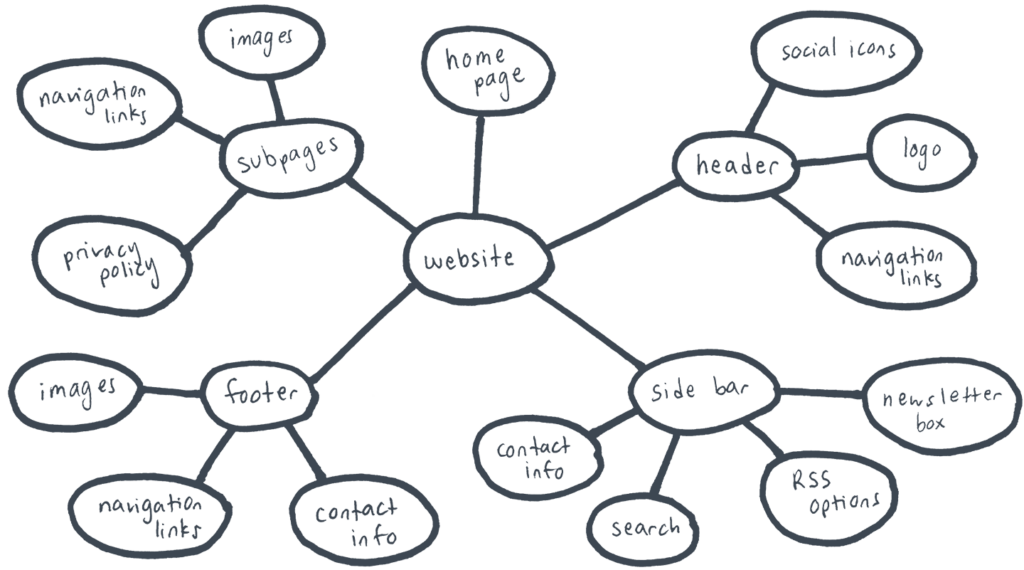
How do you create a mind map?
Mind maps come in all shapes and sizes. You can create them by hand or with one of the many online tools available.
Mind Mapping Manually
In Published: The Proven Path from Blank Page to Published, Chandler Bolt breaks down how to create a mind map in the chapter “The Magic of Mind Mapping.” In it, he outlines the following steps (paraphrased):
Step 1: The Big Idea – start with your big book idea. Place it in the center of the page with a circle around it. Next, draw lines around it.
Step 2: Keep Going – Set your time for 15 minutes. Write down any ideas related to the main idea at the end of each line and place a circle around it. From these circles, you’ll draw additional lines, add more related ideas, and draw circles around them. This process allows you to capture and organize related ideas.
Step 3: No Filter – Chandler reminds the reader allow their thoughts to flow without a filter throughout the process. Every idea is worth capturing, even if you’ll discard it later.
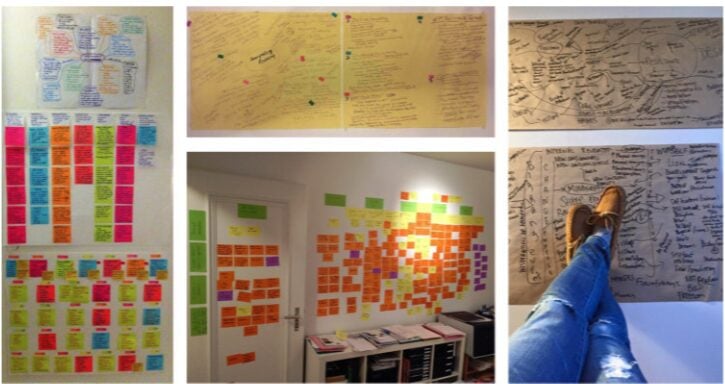
Mind papping using software
If you’re not a pen-and-paper kind of person, there are lots of mind-mapping apps available to try. They are all different, so find the one that best fits how you like to organize your ideas. Here’s a list of some of the more popular ones.
- Miro – Starting price $0
- Collarboartive mind mapping – great for coauthored projects
- AI support – Miro Assist helps with brainstorming ideas by suggesting new topics to add to a mind map
- Easy-to-use drag and drop tool
- Customizable
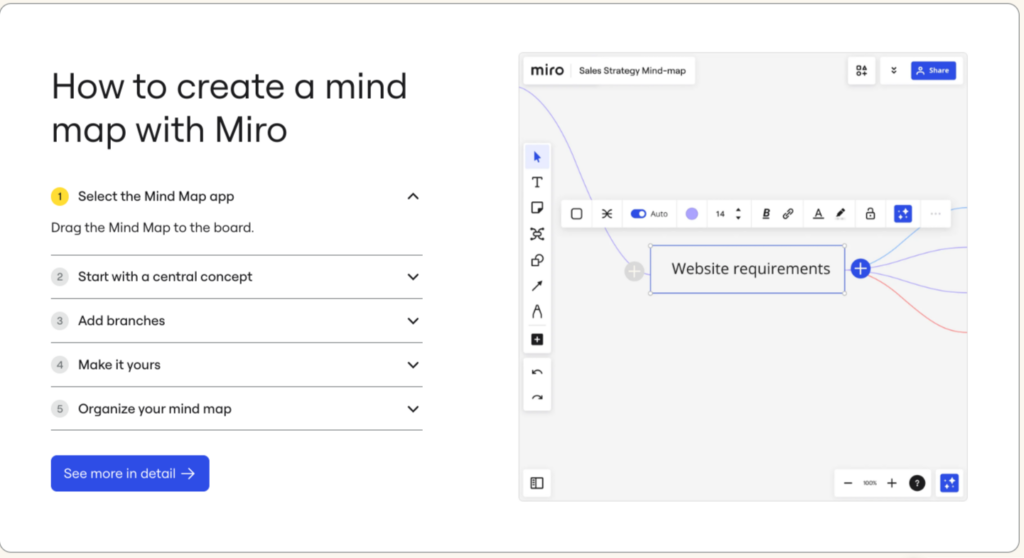
- LucidChart – Starting at $0
- Create mind maps from scratch or template
- For individuals and team collaboration
- AI-plugin integrations
- Multiple map types to choose from
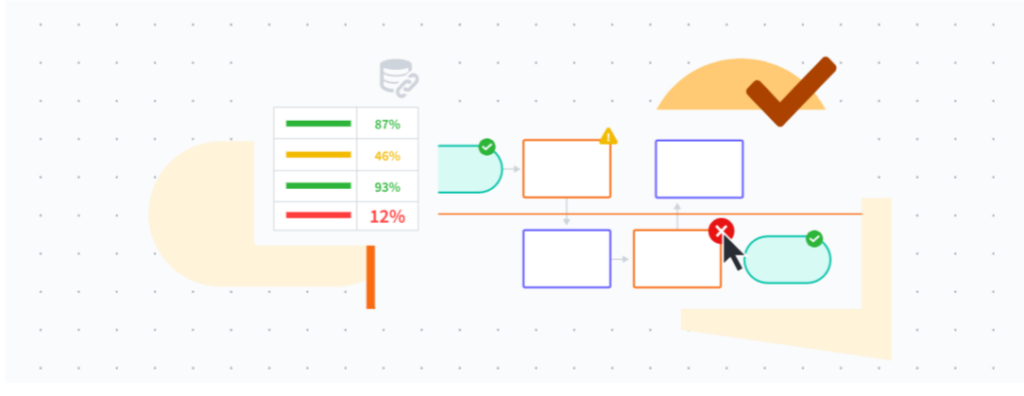
- Mind Meister – Starting at $0
- For individual or team collaboration
- Themes
- Layout types
- Can attach notes and comments
- Notes can be exported and shared

- Mind Manager – $99/year + Free Trial
- A variety of chart types
- Works across multiple browsers up-to-date access
- Drag-and-drop tools
- Text accelerators
- Filtering options
- Priority markers
- Ability to hide information to keep your map uncluttered
- Dynamic map views

Using mind maps for book writing
Mind maps are a great way to get thoughts out of your head and grouped into related ideas, but what do you do with them? How do you turn a mind map into a book?
To answer that, I’ll reference the next chapter in Chandler’s book on outlining using a mind map. The instructions are simplified for this article, but you can find the full details by downloading a free copy of his book.
The Outline
Because your mind map is an unfiltered “brain dump,” the next step in the writing process is to restructure the ideas on your mind map into an outline.
Step 4: Find the Themes – take a close look at your mind map and find 3-7 themes that emerge. These themes will be the sections of your book.
Step 5: Make a list of ideas for each section – Pull the related ideas together from your mind map that relate to each section. If you think of new related ideas during this step, add those in too.
Step 6: Finding Chapters – Once you have the related ideas listed out under each section, you’ll look for subsections that stand out in each list. These are the leading ideas that will become chapters in your book. The additional ideas left over will be your subpoints.
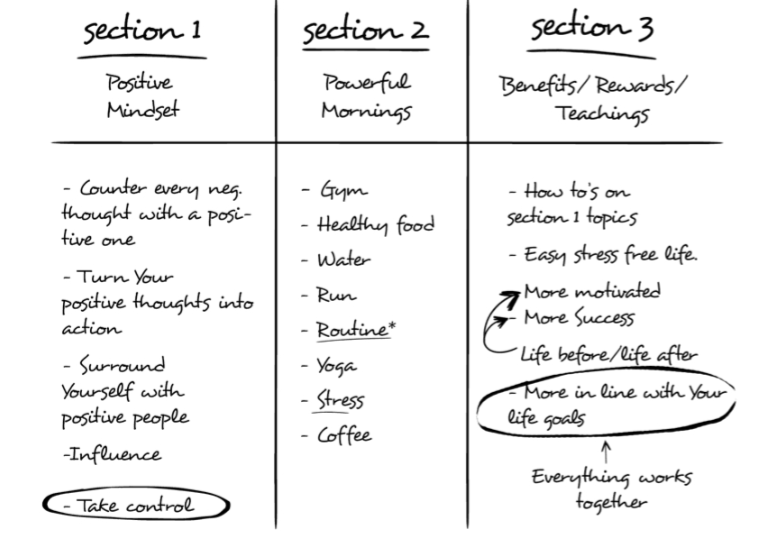
Step 7: The Outline – Working with the lists you’ve made in Step 3, create a document on your computer to place your outline. Take the sections and chapters you created and order them in sequence on the page to create your outline. Then expand the outline by filling in the subpoints.
Once you build your outline, you have a cohesive, organized starting point to write your book.
Takeaways
Mind maps are an effective way for writers to get thoughts out of their heads and into a visually connected form. Whether you create a mind map manually or use an app isn't as important as seeing how your ideas relate to each other. When ideas connect, they are easier to follow. When we write from a place of clarity, our books have a better chance of making sense to our readers which is our ultimate goal.
If you’ve never used a mind map before, give it a spin. They are one of the easiest writing strategies to implement. Writing a book is challenging to many, especially when you don't know where to start. Mind mapping takes much of the stress out of brainstorming by giving you a solid place to start and a soft place to land. Just remember that with any prewriting strategy, the one you use only matters if it works.

